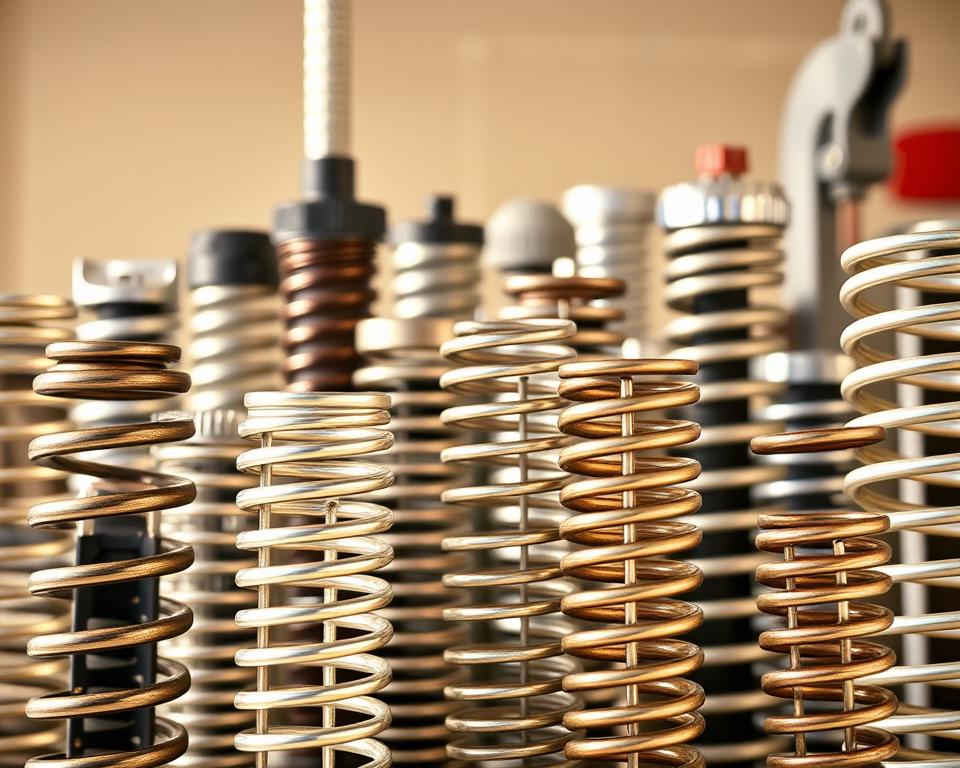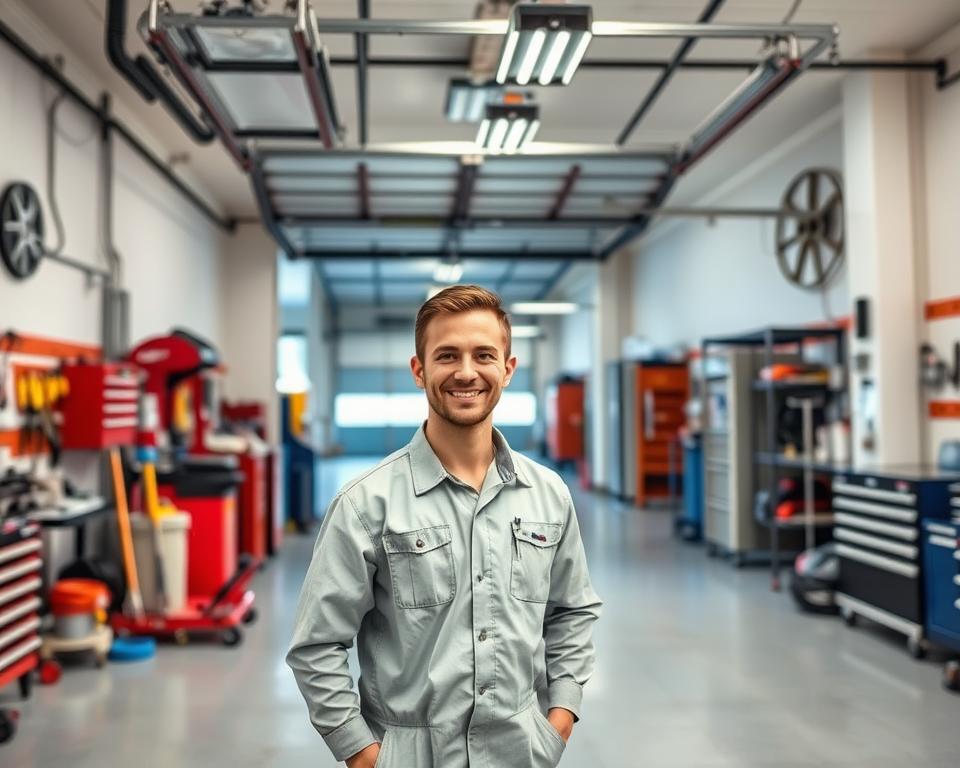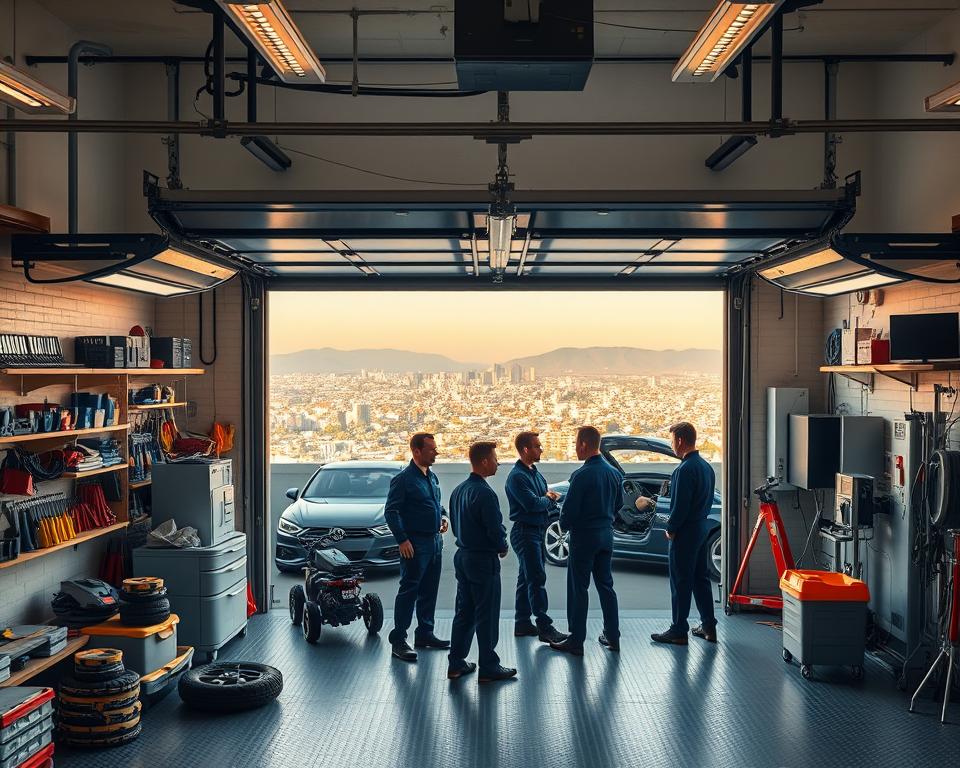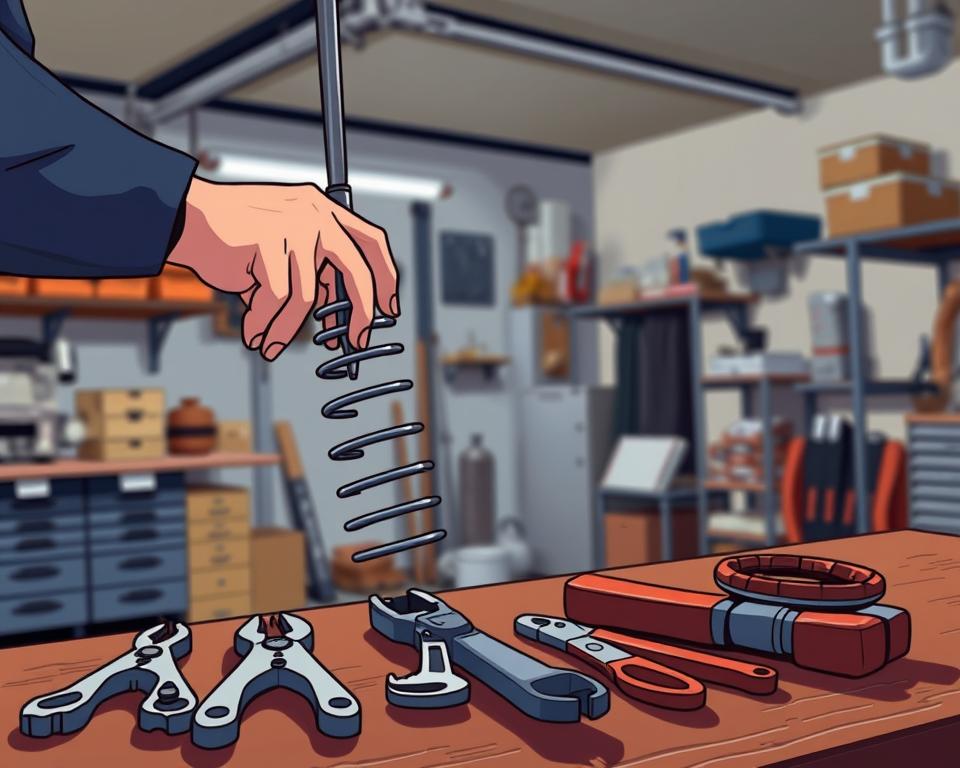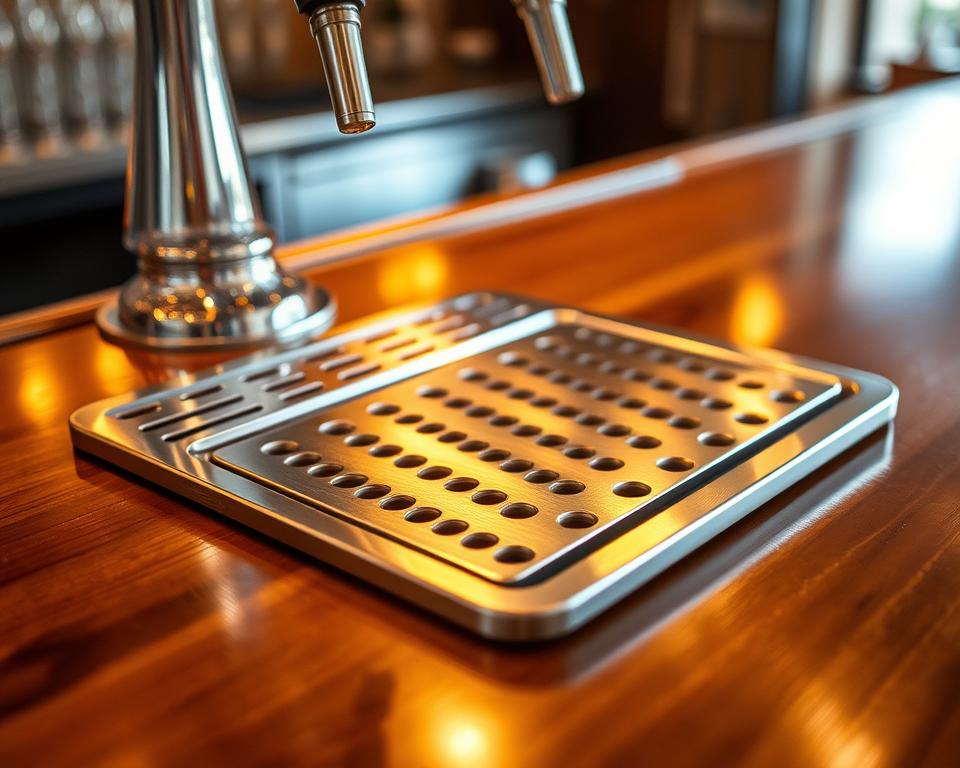Procure Sound Gear Wholesale: Leading Bargains For Merchants
“Amid of difficulty rests possibilities.” – Albert Einstein. This timeless quote vibrates intensely inside the field of retail, illuminating the merits of purchasing sound gear at wholesale prices. Amid the current rivalrous market, astute retailers are discovering the untapped opportunity by procuring reasonably-priced wholesale audio devices. Thus they can provide high-quality audio products and boosting their margins.
By teaming up with a trusted wholesale audio devices wholesaler, retailers can access a variety of models to fulfill their customers’ varied needs. Offering in-ear options for on-the-go listeners to over-ear models for audiophiles, you have options for every taste. Companies like KoleImports & Closeouts focus on exclusive deals customized for wholesale headphones usa buyers. This ensures that entrepreneurs can succeed amid intense competition.
Introduction regarding wholesale headphones
Mass audio devices are fundamental for businesses looking to supply budget-friendly audio products. By acquiring inexpensive bulk headphones, resellers can minimize costs and boost margins. This method is perfect for retailers, organizations, and agencies wanting to provide high-caliber audio systems at budget prices.
The mass headphones market offers a variety of choices, including earbuds, over-the-ear variants, and noise reduction types. Schools might use these for instructional needs, while health clubs use them for clients to enjoy audio during workouts. Obtaining a reliable supply of wholesale headphones USA can assist businesses broaden their stock and satisfy consumer requirements.
Why Purchase Audio Devices Wholesale?
Buying headphones wholesale provides a singular occasion for retailers to boost their margins. When you acquire bulk headphones, you obtain prices that are highly competitive. This allows for more flexibility in pricing, resulting in greater profit margins for your company. Suppliers often provide exclusive discounts, producing substantial savings.
In the current market, the desire for premium audio products is on the rise. By selecting wholesale earphones, merchants can satisfy this demand efficiently. Mass acquisitions reduce the need for regular requests, ensuring a regular inventory of in-demand models. This helps businesses maintain a constructive relationship with their clients.
Also, the accessibility of budget wholesale headphones permits retailers to concentrate on advertising and commerce. This simplified method gives vendors a competitive advantage, empowering them to outpace the competition. Building a solid selection from bulk suppliers not only cuts costs but also draws a diverse range of buyers.
Buy Audio Devices in Bulk: Gains for Resellers
Opting for bulk audio devices brings considerable benefits to retailers seeking to enhance their offerings and earnings. The option to select from a broad range of designs allows businesses to satisfy the varied desires of their clients. This versatility is vital to thriving in a intensely competitive marketplace.
Entry into a Range of Designs and Configurations
Retailers gain access to a extensive collection of audio device models, including over-the-ear , in-ear and gaming audio devices. This diversity widens the charm to multiple customer segments but also permits the supply of premium wholesale audio devices. Such selections serve varied sound requirements, assuring that each customer’s preferences are met.
Wholesalers like KoleImports & Closeouts offer an wide-ranging array, making it easier for enterprises to satisfy their clients’ requirements efficiently.
Competitive Pricing for Sales Achievement
Engaging in mass purchases for audio devices usually yields substantial economic benefits. This model enables merchants to establish attractive retail costs while preserving a adequate profit margin. By entering into wholesale agreements, companies can adjust their rates tactically. This adaptability can substantially increase turnover and overall retail success.

Varieties of Audio Devices Offered in Bulk
Exploring wholesale headphones requires comprehending the diverse categories available. Each category presents unique attributes, attracting diverse consumer inclinations. This understanding is crucial to capturing the right demographic and fulfilling market needs.
Full-Sized Headphones and Merits
Over-ear headphones are commended for their coziness and exceptional audio quality. They fit snugly around the listening areas, improving the listening experience. This makes them ideal for professional use or long-duration listening. Vendors can find a broad spectrum of styles from numerous labels through a wholesale audio distributor.
In-the-Ear Audio Devices: The Mobile Option
In-ear headphones have gained popularity for their compact design and fitness for energetic lifestyles. They are optimal for fitness buffs and daily riders who need a portable listening solution. By sourcing mass in-ear audio devices, retailers can capitalize on the expanding sector of mobile users.
Gaming Headsets and Their Market Appeal
The gaming industry’s expansion has made gaming audio devices crucial for gamers. These devices deliver premium sound and features like immersive sound and noise cancellation for immersive gaming. Identifying top-notch gaming headsets can be a lucrative opportunity for merchants in the current marketplace.
Identifying a Dependable Wholesale Audio Supplier
Finding a credible wholesale headphones supplier is key for resellers aiming to keep product quality high and distribution channels seamless. Begin by researching the company’s reputation. Seek out evaluations and testimonials from other businesses. These can offer insightful insights into historical client interactions, guiding you to the optimal wholesale audio devices.
When evaluating suppliers, focus on product quality. Obtain samples to test the sturdiness and efficacy of several headphones. This step is essential to avoid subsequent issues caused by low-quality products. It also aids in making smart selections.
Opting for budget-friendly wholesale audio devices assists in cost management while delivering premium products to your customers is crucial. Make sure the supplier provides market-competitive rates without diminishing quality. Collaborating with a trusted distributor like KoleImports & Closeouts can offer access to top-tier audio devices designed for resellers.
How to Choose the Best Wholesale Headphones
When merchants seek to acquire audio devices wholesale, they face a multitude of factors. It’s vital to emphasize features & attributes to satisfy customer needs. Evaluating costs from vendors can discover savings and boost earnings.
Evaluate Product Features & Specs
Sound quality, comfort, and sturdiness are crucial for any retailer. Knowing what buyers desire is critical. Attributes like sound reduction, wireless connectivity, and battery life influence user experience. Assessing these features helps resellers choose the ideal wholesale audio devices for their industry.
Comparing Prices Among Various Wholesale Distributors
Finding the most competitive prices is essential when acquiring headphones wholesale. Distributors present diverse rates for comparable goods, making benchmarking necessary. Promotional offers or wholesale rates can result in significant discounts. Resellers who carefully compare can provide quality products at more attractive prices.
Tips for Executing a Mass Acquisition of Sound Equipment
Executing a mass order for audio devices can be a savvy choice for resellers aiming to boost profits. It’s vital to grasp the minimum order quantities and leverage seasonal discounts. These tactics can substantially boost the worth of your purchases. Here are essential tips to guide you through the process.
Comprehending Minimum Order Quantities
A multitude of distributors have order minimums for mass headphone orders. It’s crucial to know these conditions to prevent additional expenses or delays. Prior to finalizing with a vendor, question about their specific quantity requirements. This will enable you to obtain wholesale prices. Familiarity with these rules allows for better planning and avoids surprises.
Utilizing Seasonal Promotions for Superior Bargains
Seasonal discounts offer chances to acquire cost-effective bulk headphones at discounted rates. Timing your orders during these times can result in significant reductions. Monitor holidays or limited-time offers when distributors frequently deliver discounts. This strategy lowers your expenses but also secures you have enough stock for peak demand periods.
The Growth of Digital Wholesale Headphone Suppliers
The move to e-commerce has changed how companies source audio devices wholesale. Internet-based wholesale vendors have gained popularity due to their extensive selections and accessibility. Now, resellers can peruse a diverse selection of wholesale headphones in USA from the safety of their residences. This convenience has considerably bettered the shopping experience.
These websites offer market-competitive rates, allowing retailers to boost their returns. The presence of quick shipping options improves their allure, guaranteeing products are delivered promptly. Sellers can browse various styles and brands, assisting in discovering the perfect products to satisfy market demands.
As the internet-based wholesale sector expands, it’s vital for merchants to capitalize on these prospects. Whether operating a modest storefront or a substantial digital outlet, grasping the advantages of collaborating with dependable online distributors is essential in modern commerce.
KoleImports & Closeouts: Your Top Pick for Wholesale Audio Devices
KoleImports & Closeouts is a top choice for finding a trustworthy wholesale headphones supplier. Merchants benefit from creating an user account, unlocking special pricing and product suggestions designed for their requirements.
Steps to Register for Exclusive Pricing
The account creation process is both swift and simple. Customers can rapidly enroll on the site, providing the necessary credentials. Upon registration, they gain access to attractive rates for bulk orders, increasing their profit margins.
Special Offers and Personalized Recommendations
Account holders get personalized recommendations grounded in their buying history and choices. They also stay updated on special promotions. This empowers them to take advantage of special offers, guaranteeing they secure the optimal rates for wholesale buys.
Promoting Your Bulk Headphones
In the realm of wholesale headphones, marketing is crucial to constructing a strong brand and increasing sales. Resellers of cost-effective audio devices must differentiate themselves in a competitive landscape. By focusing their promotional efforts, they can reach the right people and generate excitement in top-quality headphones.
Positioning Yourself in the Rivalrous Market
To flourish in the wholesale audio device sector, understanding your place is critical. Principal tactics include:
- Defining Your Target Audience: Identify your optimal customers and adapt your offerings to their needs.
- Showcasing Distinct Attributes: Present what sets your headphones apart, like creative design or premium sound quality.
- Special Promotions: Attract buyers with holiday promotions or discounts on bulk purchases.
Utilizing Social Media for Promotion
Social media is a powerful resource for promoting wholesale headphones. It enables merchants to:
- Showcase Products: Share top-notch photos and clips of your audio devices’ attributes and designs.
- Engage with Customers: Build a community around your company by interacting directly with buyers.
- Leverage Influencer Partnerships: Work with influencers in sound and lifestyle to expand your market reach and credibility.
The Next Chapter for Wholesale Headphone Business
The wholesale audio device market is on the cusp of major transformations, driven by innovation and changing consumer tastes. The rise in demand for smart headphones, along with the incorporation of innovative functionalities, demands that retailers in the bulk headset market be vigilant and agile. The priority of premium sound performance, state-of-the-art noise canceling, and user-friendly tech is destined to transform our perception of sound. This evolution will certainly boost wholesale in-ear devices to a pivotal position in this transformation.
Another key movement gaining momentum is the focus on eco-friendly methods within the headphones wholesale industry. The implementation of eco-friendly materials and responsible production techniques is growing in importance in purchaser preferences. Retailers advocating for sustainability not only meet the needs of green-minded customers but also become market frontrunners. This uniqueness differentiates them from their rivals.
As these trends continue to evolve, forward-thinking will be crucial to flourishing in the wholesale audio device market. Businesses must comprehend the subtleties of customer desires and innovation milestones to modernize their offerings efficiently. This proactive approach will ensure their lasting presence and stimulate expansion within the wholesale headphones market.
Common Inquiries
What are the main merits of acquiring bulk headphones?
Buying audio devices wholesale offers various merits. It permits resellers to obtain top-tier audio gear at discounted rates. This strategy improves returns. It also offers a diverse assortment of styles to meet customer needs.
How can I find reliable wholesale headphone suppliers?
To locate reliable wholesale headphone suppliers, retailers should investigate suppliers’ standings. They should review quality standards and examine customer reviews. Companies like KoleImports & Closeouts are renowned for their dependability and attractive rates.
What types of headphones can I buy wholesale?
Wholesale selections include over-ear headphones, in-the-ear models, and noise reduction variants. There are also gaming audio devices and budget-friendly variants. These cater to a variety of customer needs.
What criteria are important for purchasing wholesale audio devices?
When choosing audio devices for buying in bulk, take into account several factors. Review sound performance, comfort, and durability. Also, consider the unique demands of your buyer segment.
How do order minimums function in bulk headphone transactions?
Suppliers often have minimal order thresholds for wholesale pricing. Understanding these quantities is vital. It ensures greater savings and aids in inventory control.
How can I market wholesale audio devices successfully?
Effective advertising methods include building a strong brand presence. Leverage online channels for campaigns. Distinguish your products in the marketplace to engage and keep clients.
In what ways can seasonal promotions improve bulk buying?
Planning bulk orders around periodic promotional events can substantially lower expenses. It secures sufficient stock to fulfill peak season requirements during busy times.
Why should I buy wholesale audio devices through online distributors?
Online wholesale distributors offer a diverse range and attractive rates. They deliver a user-friendly buying process experience. This simplifies retailers to find the optimal discounts on audio devices.
What can I expect from creating an account with wholesale suppliers like KoleImports & Closeouts?
Creating an account with suppliers like KoleImports & Closeouts unlocks special pricing. It also provides tailored suggestions and notifications of new offers and items. This assists resellers stay informed and competitive.
What future developments are expected in the wholesale audio market?
Expect advancements in smart headphones and a growing emphasis on eco-friendly practices. New audio technologies will redefine the future of wholesale audio devices. Retailers must adjust proactively to these developments.

